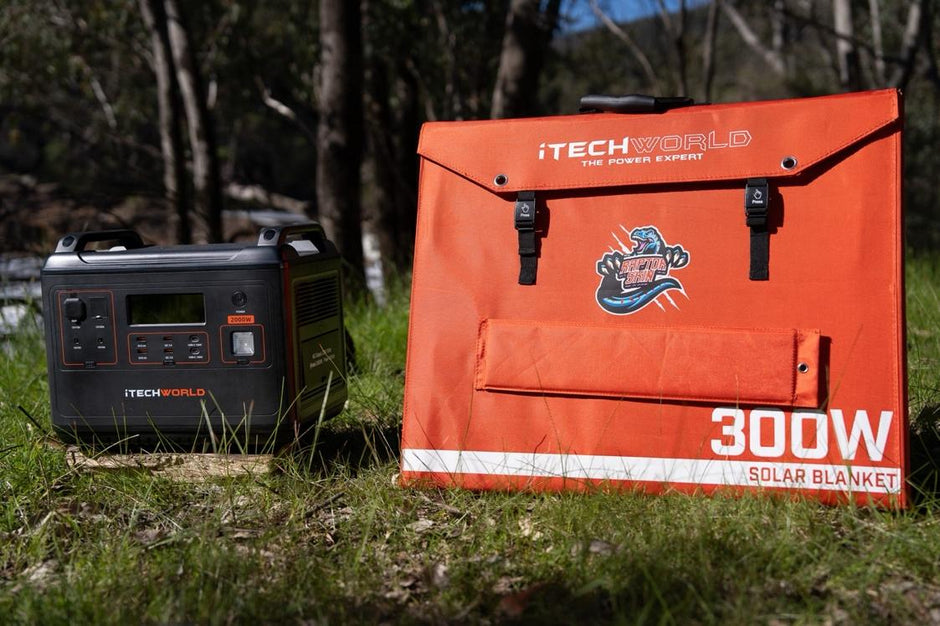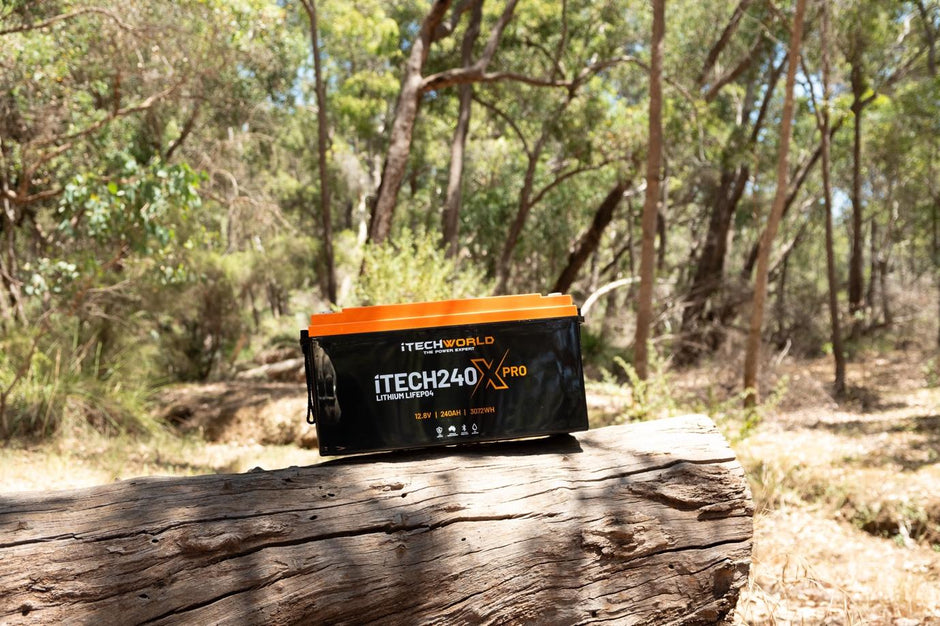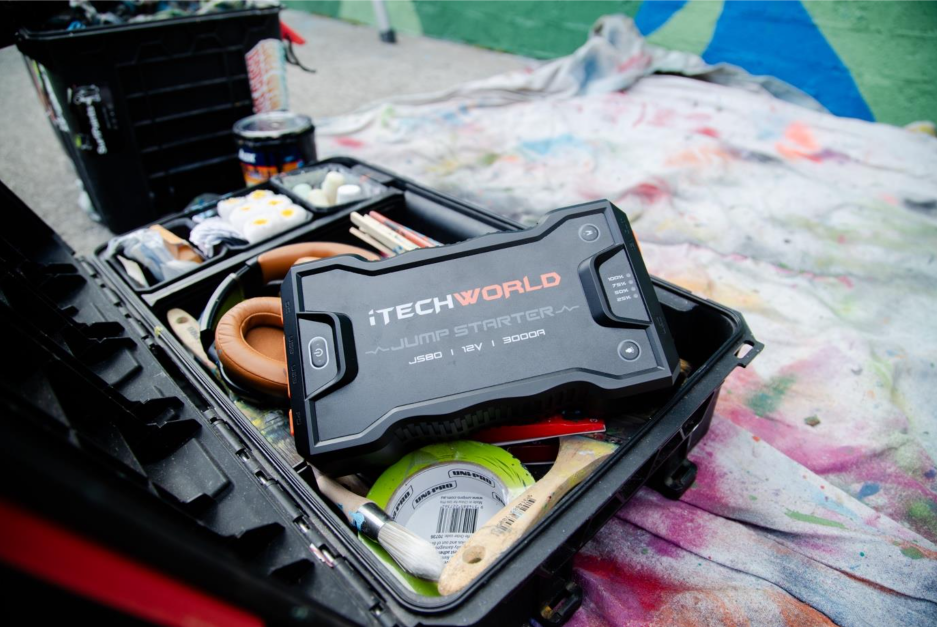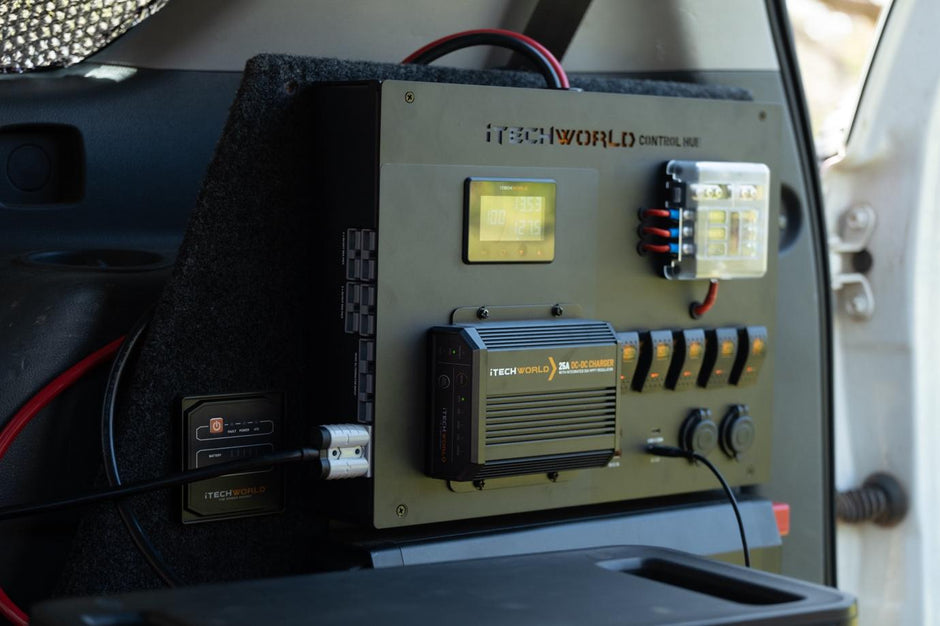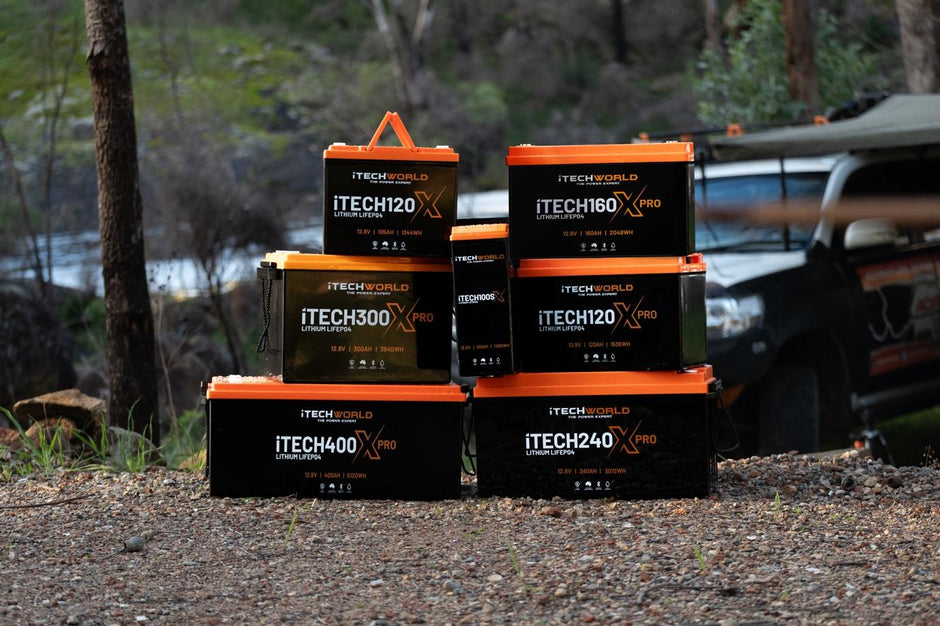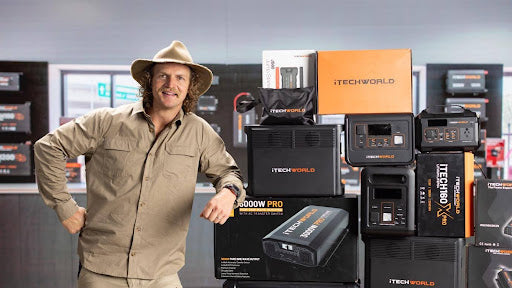When you’re running a fridge, using an inverter, or powering tools without being connected to the grid, the last thing you want is a battery that can’t keep up. This is where battery discharge rates matter. A battery’s discharge rate (often called "C-rate”) shows how fast it can safely provide power. If you get it right, your system works smoothly; if you get it wrong, you may face sudden shutdowns, low voltage, or even permanently damage your battery.
What Is a Battery Discharge Rate?
A battery discharge rate describes the maximum current (in amps, or A) a battery can continuously provide without overheating or triggering protection circuits.
- A 100Ah battery rated at a 1C discharge rate can deliver 100A for one hour.
- The same battery at 0.5C would supply 50A for two hours.
Knowing this relationship helps you better predict how long something will run, match battery size to what you need, and prevent low voltage when using a lot of power.
Why Discharge Rates Matter
1. Device Compatibility
High-draw appliances—such as 12V compressors, induction cooktops, or power tools—need significant current surges to start. If your battery’s discharge rating is too low:
- The inverter may overheat.
- The battery’s built-in protection circuit can shut down the system.
- You’ll experience voltage sag, resulting in poor performance or early shutdowns.
2. Battery Health & Cycle Life
Drawing more current than a battery is rated for places extra strain on its cells. Over time, this leads to:
- Faster capacity fade (your battery holds less charge).
- Shortened cycle life (fewer total charge/discharge cycles).
- Risk of permanent cell damage in extreme over-discharge events.
3. System Efficiency
Staying within the recommended continuous discharge rate ensures:
- You use every amp-hour (Ah) of capacity without experiencing unexpected voltage drops.
- Longer runtimes and predictable performance, ideal for solar, camping, or home backup setups.

How to Choose the Right Battery
1. Calculate your Peak Load
- List every appliance or device that draws power from your battery (e.g., fridge, lights, inverters, power tools).
- Convert each device’s wattage to amps at your system voltage (Amps = Watts ÷ Volts).
- Add the maximum currents together if you plan to run them simultaneously.
2. Match or Exceed Total Peak Current
- Select a battery with a continuous discharge rating that meets or exceeds your combined peak amperage.
- Example: A 600W fridge (50A at 12V) + 1200W microwave (100A at 12V) = 150A peak draw. Your battery must support at least 150A of continuous current.
3. Factor in Safety Margins
- Always allow a 20–30% buffer above your calculated peak current. This avoids pushing the battery to its limits on every use and extends cycle life.
4. Check Manufacturer Specifications
- When shopping for a lithium battery, verify both the continuous discharge rate and the peak (surge) discharge rate—peak rates handle short bursts (e.g., motor starts).
Putting It into Practice
Say you want to power:
- A 600W 12V fridge (50A draw)
- A 1200W 12V microwave (100A draw)
- LED lights (5A draw)
Your combined peak draw totals roughly 155A. To run these appliances safely:
- Choose a battery rated for a minimum 155A continuous discharge (ideally 200A or higher).
- Ensure the battery can support strong starting currents, like those from a refrigerator compressor.

Tips for Maintaining Discharge Performance
- Running at the upper limit of a battery’s discharge rate generates extra heat. Whenever possible, spread your loads or stagger heavy draws to avoid excessive strain.
- A reliable onboard Battery Management System (BMS) prevents over-discharge, over-current, and under-voltage issues, preserving both performance and safety.
- Heat can cause batteries to lose their integrity more quickly. Ensure they are installed in a location with good airflow, especially if you frequently use large quantities of power.
- High currents require thick, low-resistance cables. Poor connections lead to voltage drops and localised heating. Make sure all your terminals are clean and secure.
Ready to Optimise Your Off-Grid Power?
Discover iTechworld’s full range of lithium batteries and power stations—all engineered for clear, high-performance discharge ratings, cell longevity, and inbuilt BMS protection. Whether you’re camping, running tools on site, or building a backup power solution, you deserve reliable power.

